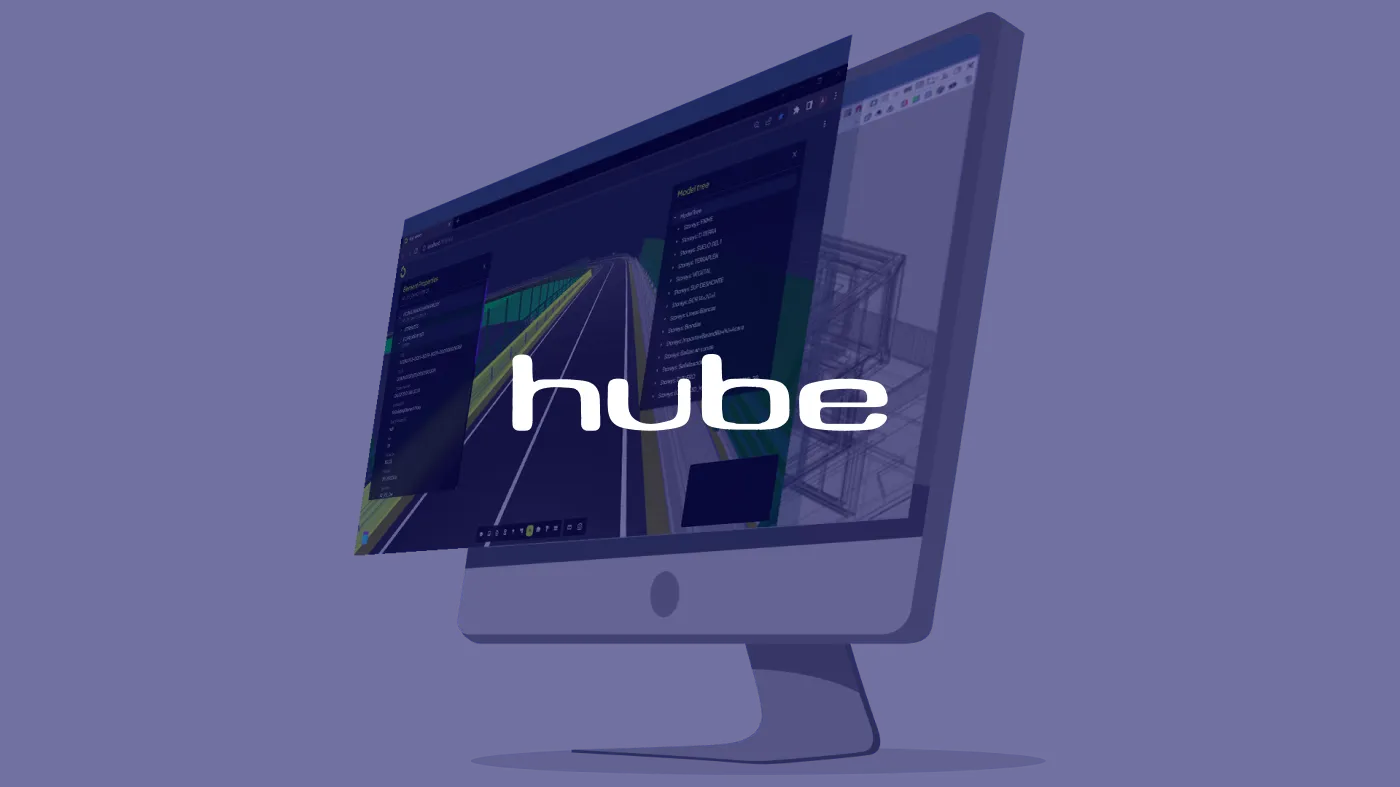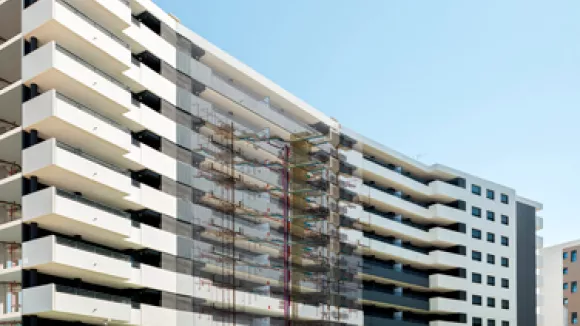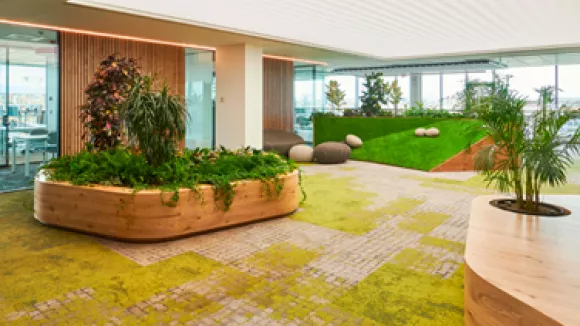#WE ARE
DIFFERENT
#WE ARE
DIFFERENT
Hube modules
Master database and project configuration
This module offers the possibility to centralize the master database to manage the relationships of resources and activities related to time, costs and performances within the work.
In addition, it allows to register new works, customize each project and its phase.
Pre-audit of a work and budget
This module allows the study of the feasibility of the project by means of automatic generation of budgets and productivity at a high level (3D models with little detail).
In addition, there is the possibility to visualize in 3D format the project model for its entire life cycle (Preliminary design, Basic design, Execution design, Execution and After-sales).
Theoretical analysis of the work
This module allows you to automatically generate detailed project budgets and analyze them throughout the life cycle of the work theoretically from the detailed 3D model.
In addition, it is possible to plan activities, workers and resources, and to configure the elements of the work and their relationships. It is also possible to audit the models through the resulting measurements accessible from the application.
Contracting and economic follow-up
From this module you can track the economic part of the suppliers, have control of the contracting by profiles and resources, create bids and contracting tables.
You can also manage delivery notes, proforma invoices and integrate this module with administration and document management tools.
Real-time monitoring
In this module you can track the economic and productive part of suppliers and chapters, as well as establish comparisons between planning, scheduling and execution.
As in the Controller module, it is also possible to manage delivery notes, proforma invoices and integrate this module with administration and document management tools.
Finally, there is the possibility of scheduling and controlling the execution of work teams, activities and warehouse with automatic distribution.
Offline/Online site management
The mobile application allows tracking of employee hours and activities performed and provides access to personnel based on the validity of their documentation.
Additionally, from the mobile application you can access the detail of the delivery notes received and manage the warehouse.
It allows working without coverage with intelligent synchronization.

Hube Revit
Interconnection of tools
With this solution it is possible to develop plugins on Autodesk tools such as Revit, Navisworks, BIM360 or Forge.
In addition, it allows calculations and automations on model properties and integration with other programs and processes in order to automatically reflect changes in the model itself.
It also interfaces with other CAD tools such as Archicad, Tekla, Blender and Silibri.
Finalists for best digitalization and technology project at the Advanced Architecture Awards 2023
The project represents a real revolution in the sector, as it has transformed the work model and the relationships between Designers, Planners, Controllers, etc.
- Standardization of data for the construction process. New data model that includes the 3D modeling of the building and all the information generated in the rest of the stages of the construction project.
- On-site mobile applications. Use of online/offline mobile applications to control employee hours and activities executed, access to the construction site, delivery notes received and warehouse management, among others.
- Optimization of “industrialized” production processes. Development of new tools for planning, resource control, incident management and quality control.
- Real-time change control. Instant transmission of modifications from the office to the site and vice versa through an online communication system for the rapid incorporation of changes in the building and virtual models.
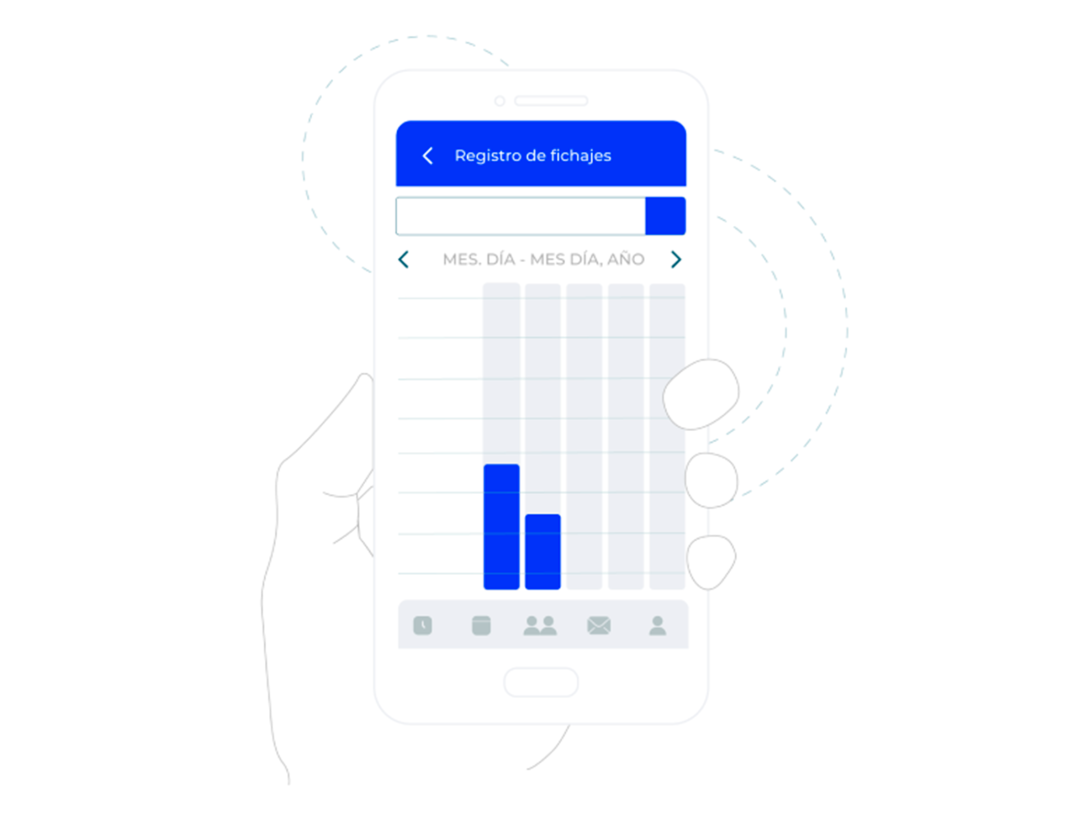
Why choose Hube
Efficient data management
Handling and exchange of large volumes of heterogeneous information, such as plans, visual and three-dimensional information, schedules or incidents.
Increased accessibility
Access to all resources regardless of the location of the work center thanks to the incorporation of mobile devices.
Agility in decision making
Real-time communication and monitoring, management and change control of the project in execution.
Project visualization
Graphic representation of the different aspects and components of a construction project in 3D.
Profitability and productivity
Reduction of errors and rework, optimization of resources, improved efficiency and optimal management throughout the project life cycle.
Competitiveness
Improved efficiency and cost-effectiveness in project execution, product and service quality, and collaboration.
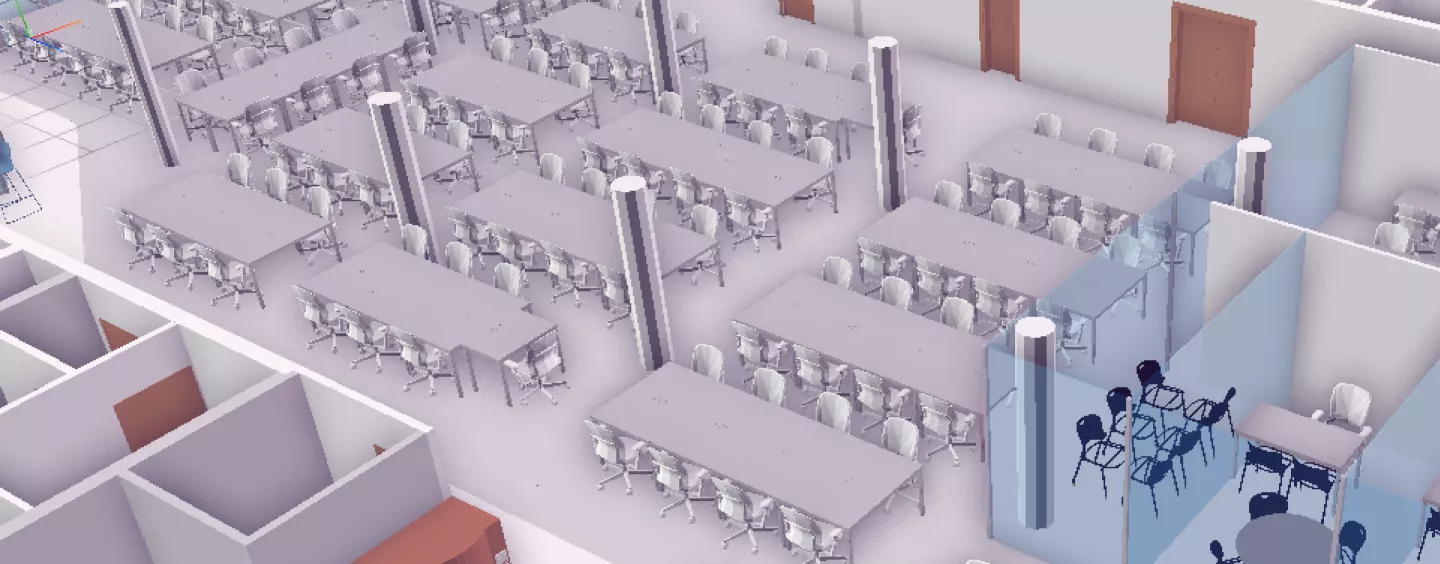
Inspiring client success stories
Driving the success of leading international companies.
#
THINGS
HAPPEN
HERE
The latest news from hiberus
FAQ
A construction software is a management system for construction companies that integrates and centralizes all the information coming from the different areas and phases of a construction project in a single platform.
It is an essential support for these companies, since it allows them to monitor the execution of a project, automate processes and plan the resources of the work. In this way, greater control is achieved throughout the process, improving the effectiveness of the service, reducing costs and increasing productivity.
The construction industry generates an enormous amount of data on various aspects such as costs, activities, time, materials and people. The complexity of this data and the projects themselves require detailed customization, which makes decision making difficult.
In addition, asset management in companies of this type is often very complicated. It is common for construction assets (machines, equipment, tools, vehicles, etc.) to be lost or stolen on site. The accumulation of lost or stolen assets can lead to significant losses for the company.
For all these reasons, construction companies need software that allows them to plan, budget and track their projects, as well as control and organize all the resources and equipment that are part of the construction process in a simple way. A software like Hube that provides the necessary information and technological solutions at each stage so that the actors involved can optimize their own work to the maximum.
Building Information Modeling (BIM) is a collaborative work methodology for the creation and management of building and civil works projects that involves a profound transformation of the design, construction and asset management process.
Its objective is to centralize all the information of a project in a virtual model developed by its agents (architects, engineers, builders, developers, facilities managers, etc.) during the entire life cycle of the project, from its conception and construction to its demolition, with the aim of eliminating inefficiencies and problems that arise during the construction process.
BIM is the result of a process of evolution of the traditional design systems based on the plan (2D), since it incorporates geometric (3D), time (4D), cost (5D), environmental (6D) and maintenance (7D) information.
The BIM methodology helps to improve reliability, speed and productivity when designing a project or remodeling a building, as it optimizes the construction and asset management process throughout the life cycle of the project. All of this translates into a reduction in costs and execution and delivery times.
It also offers multiple advantages over traditional systems:
Collaborative and multidisciplinary work
All agents involved in the construction process can work simultaneously and share information in real time through a single cloud-based platform. This makes it easier to coordinate, control and manage projects.
Minimization of errors
BIM platforms automatically update information that is edited anywhere in the model. There is no chance of human error, as the information is always consistent and reliable.
Project customization
The information required is available at all times, and modifications can be made in real time, increasing the degree of customization and the adaptation of the project to the needs of each client.
Visualization and simulation
It offers a real simulation of the project during the preconstruction phase thanks to 3D visualizations. In this way, it is possible to foresee and solve problems before starting the work, avoiding additional expenses caused by unforeseen events.
Conflict detection
With BIM, each project is planned in detail in advance, a feature that helps to detect and avoid internal or external conflicts before construction begins. As a result, last-minute changes and the costs associated with them are reduced.
Increased safety
Helps improve site safety by proactively identifying hazards before they become problems. In addition, by visualizing and planning site logistics in advance, it avoids physical risks.
Sequencing of procedures
BIM reduces project cycle times and eliminates setbacks. It also facilitates the coordination of activities, construction processes and personnel, resulting in an orderly sequence of procedures.
hiberus has been collaborating for years with leading companies in the engineering and construction sector. This collaboration has allowed hiberus to apply new approaches and services to improve the planning, management and control of construction projects, as well as to streamline business needs in a changing sector with high levels of demand.
Likewise, hiberus has been committed to lead the development of improvements for BIM integration processes and extensions with the aim of achieving the maximum exploitation of these technologies and accompanying the implementation of new methodologies and processes.
This experience, together with the work of a team of experts in technological development linked to construction processes, has resulted in Hube, a software oriented to improve the quality of the services offered by construction companies.

